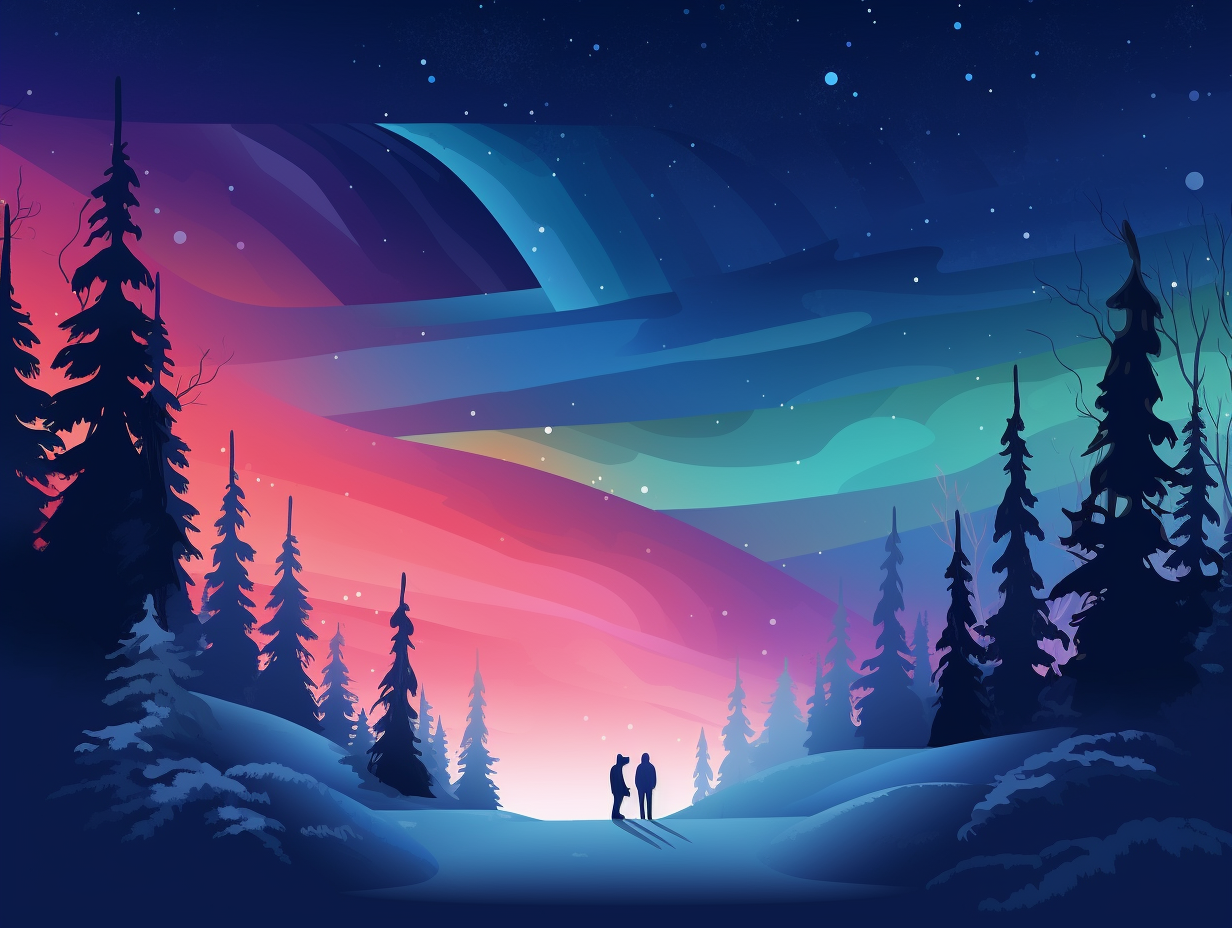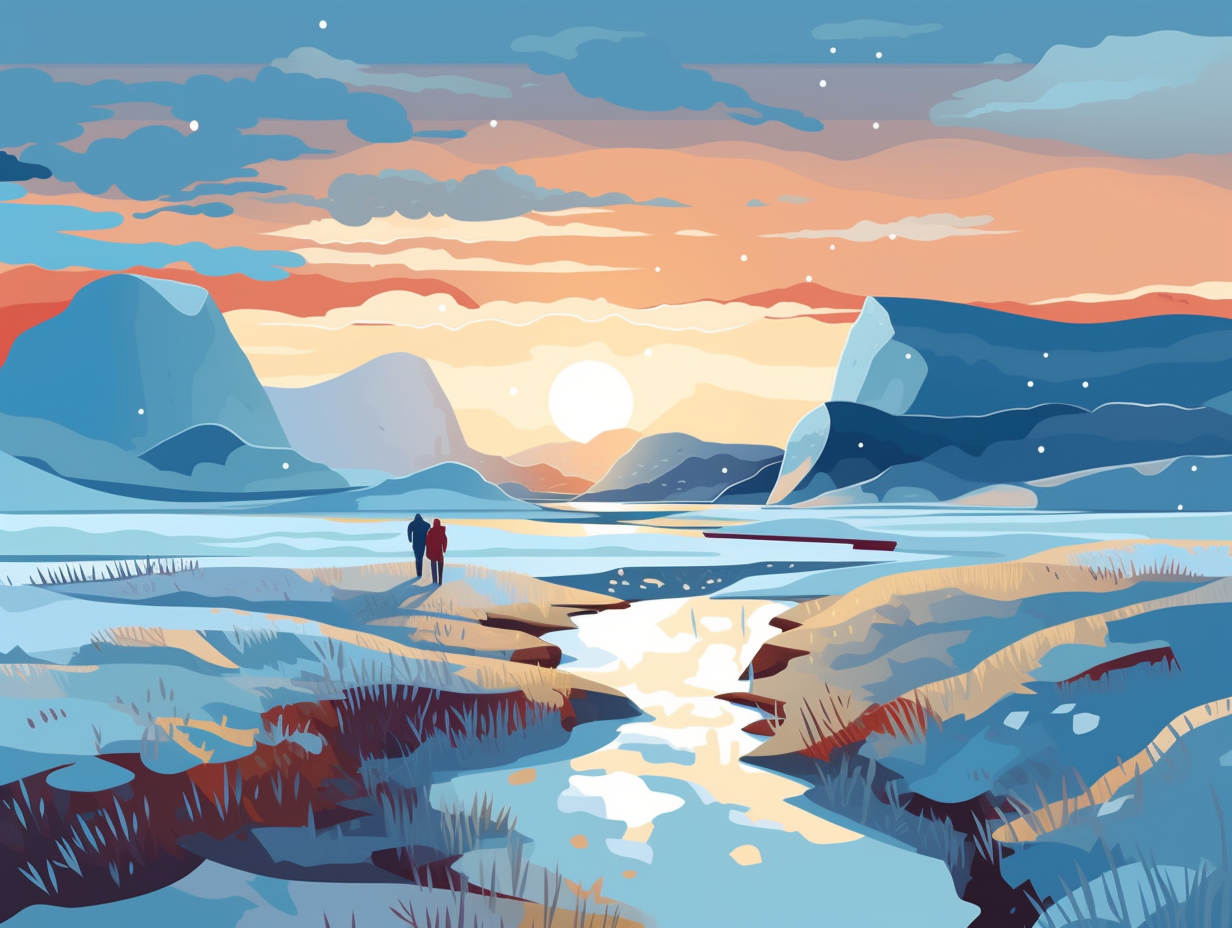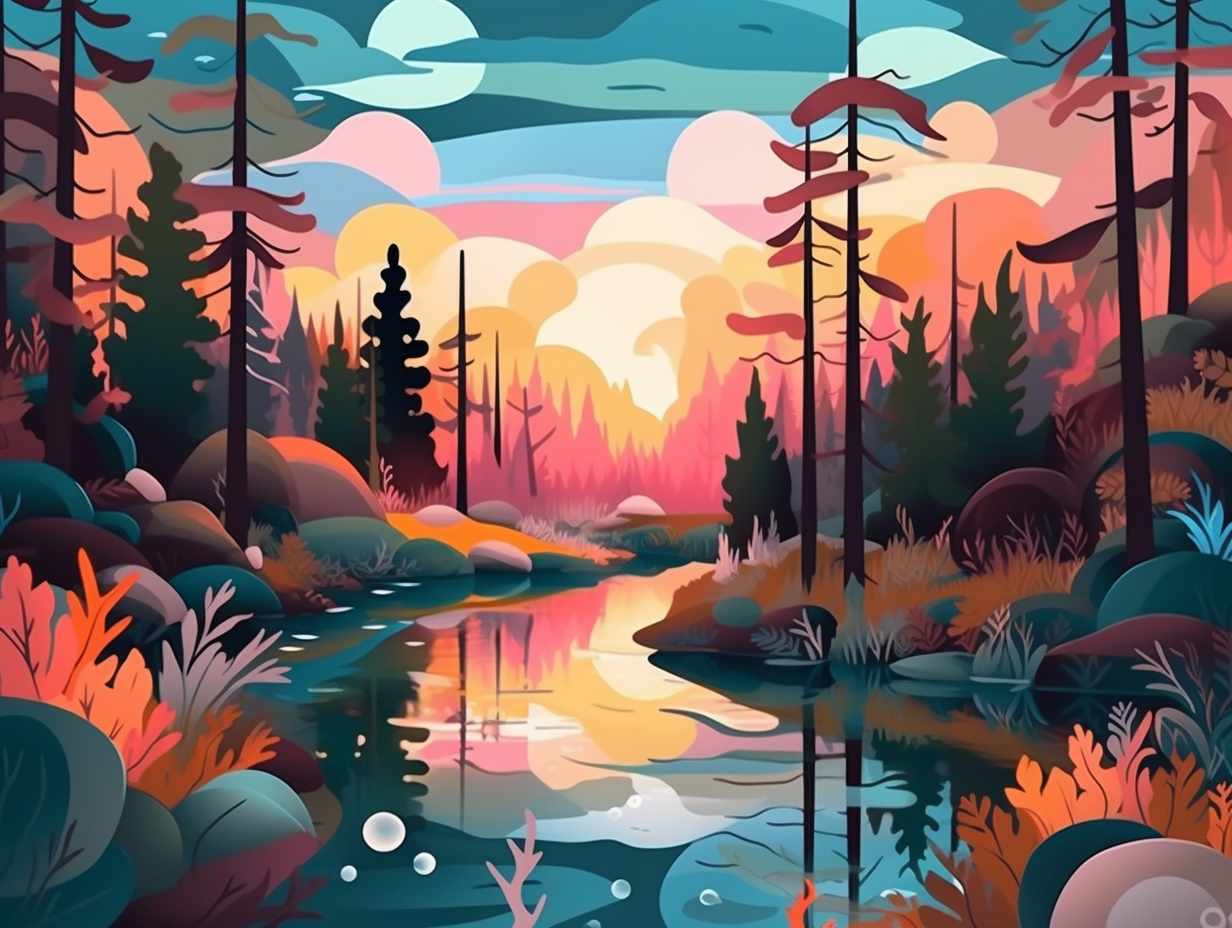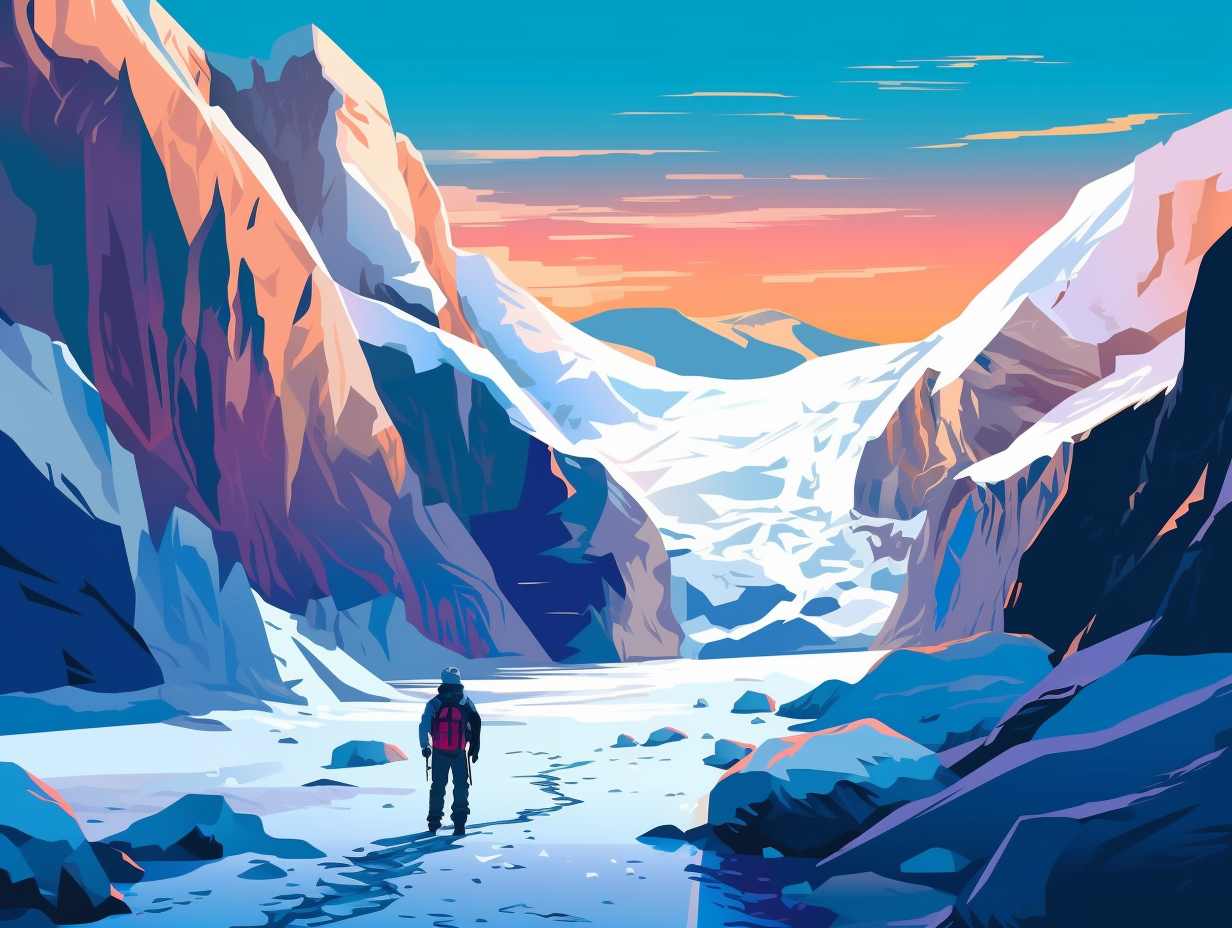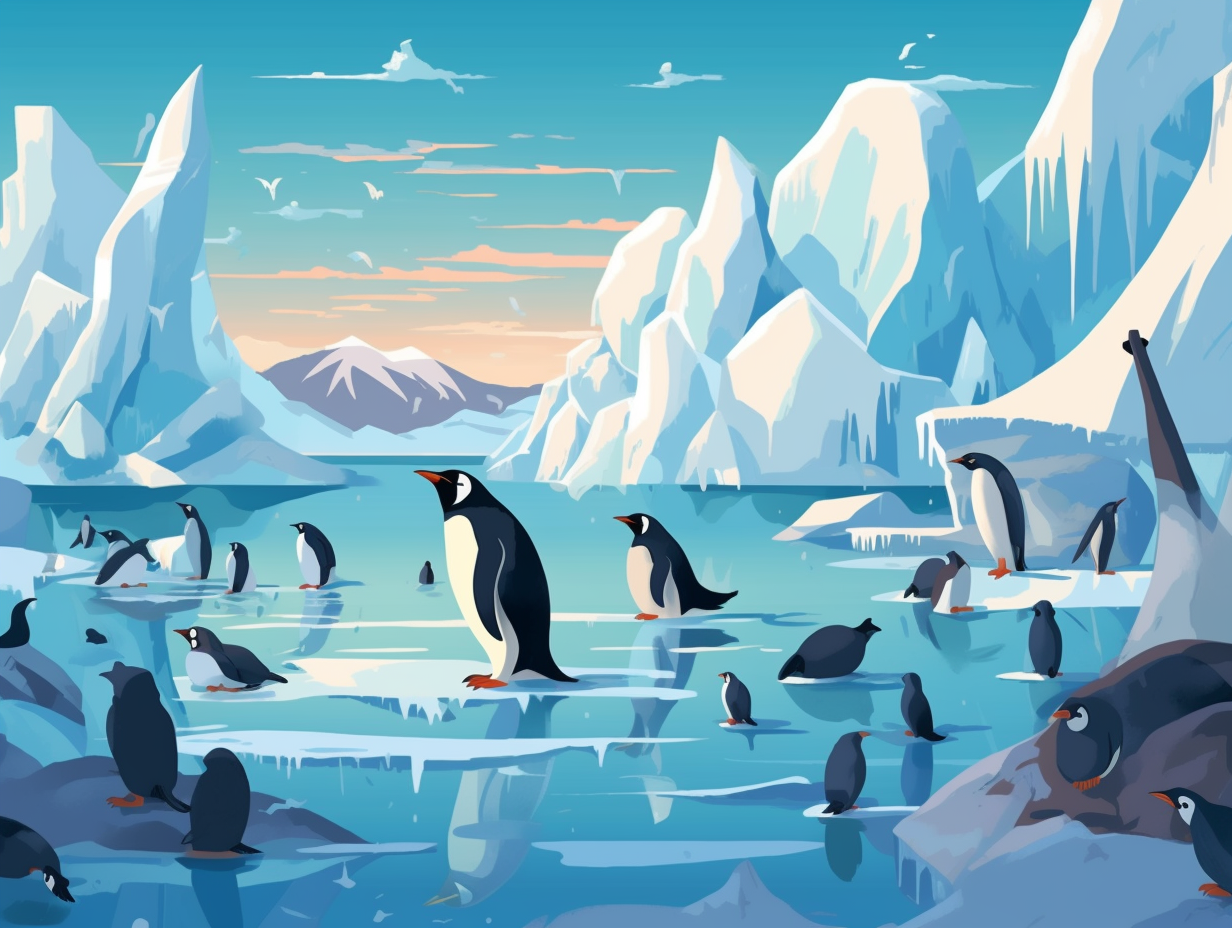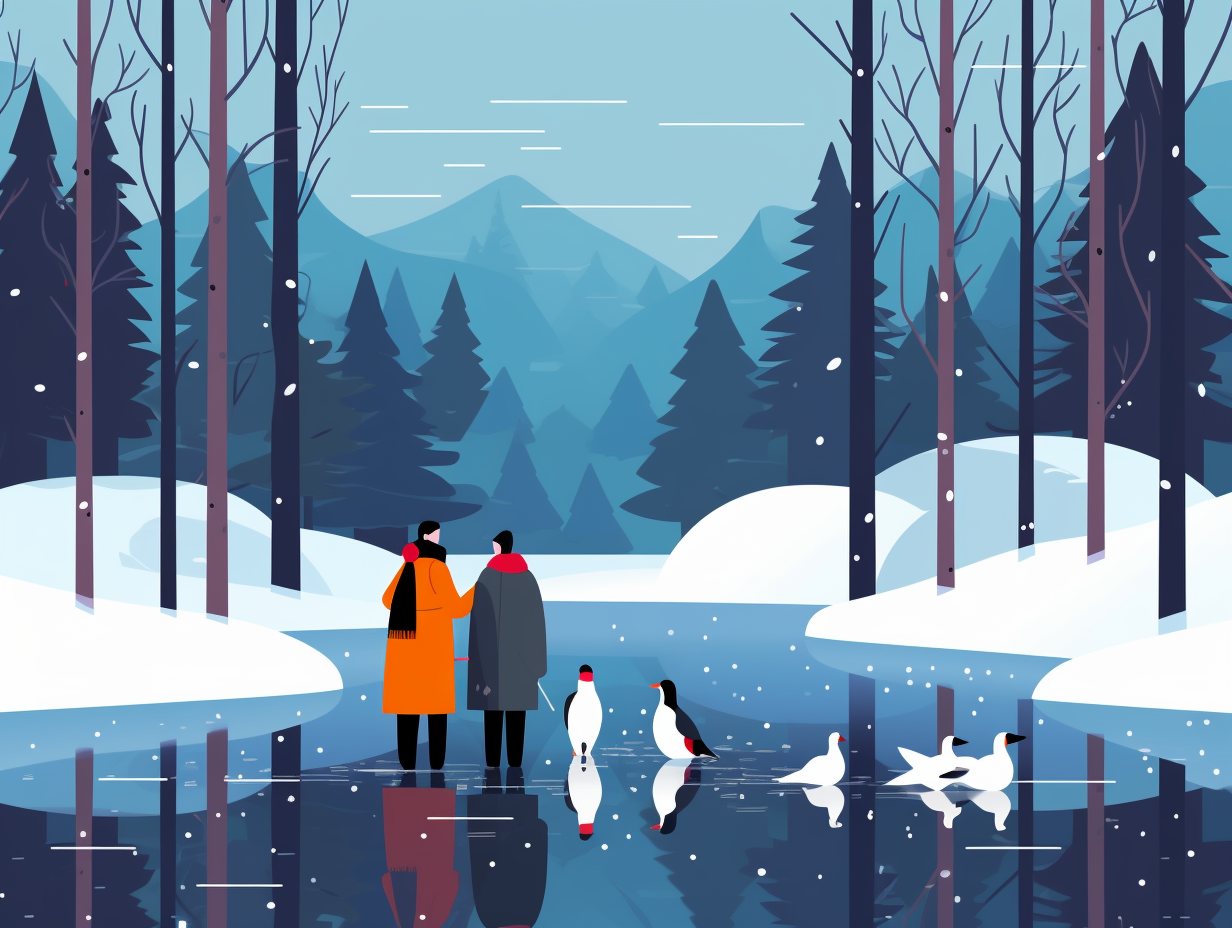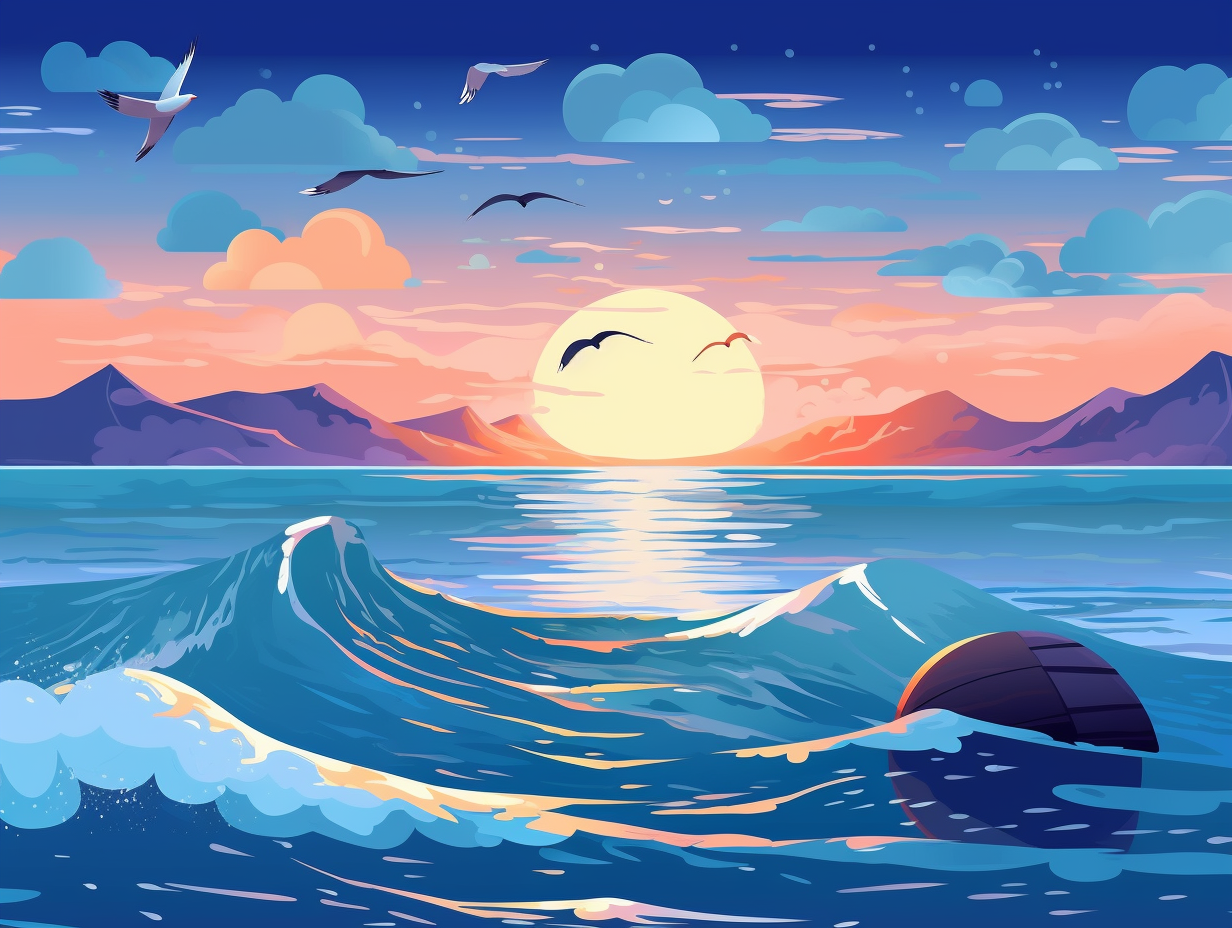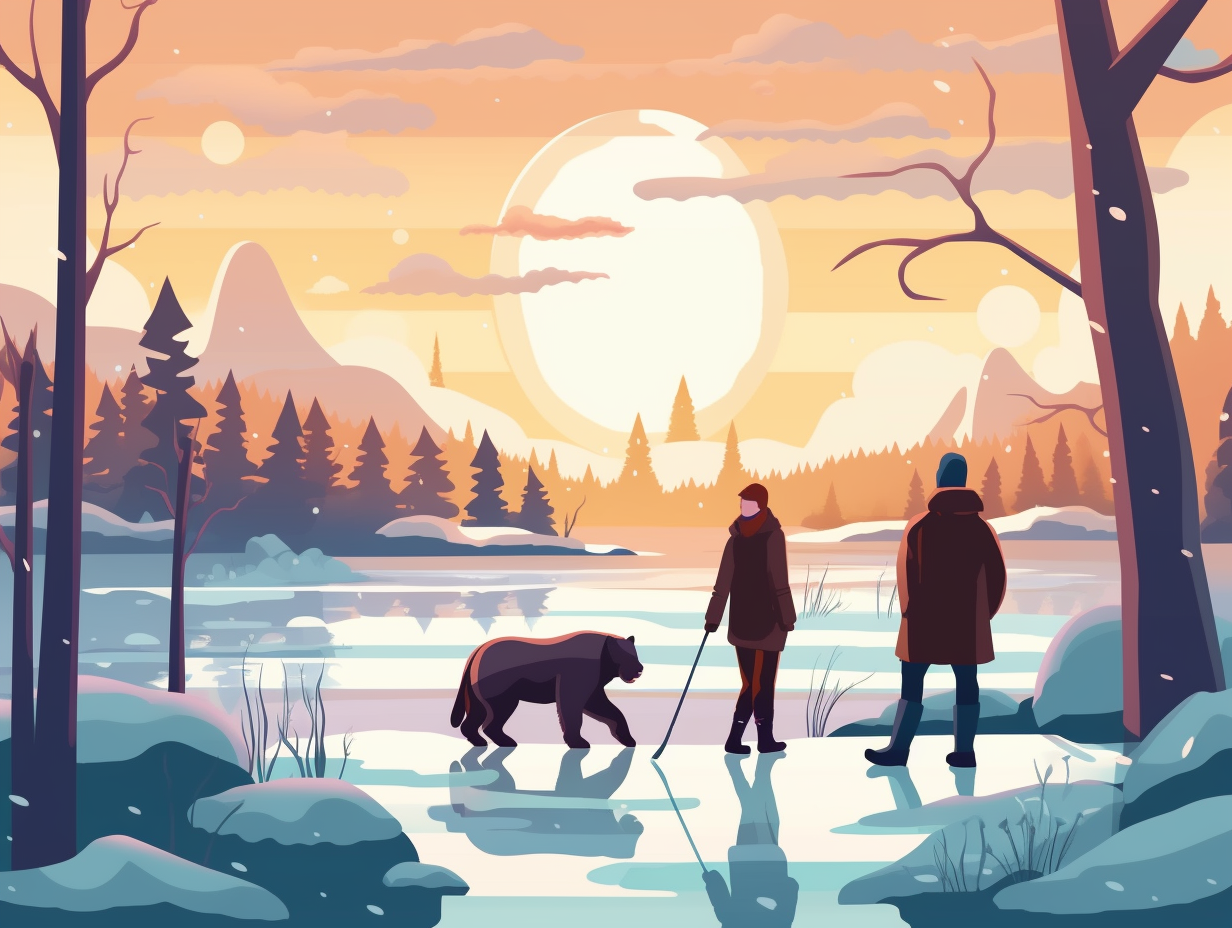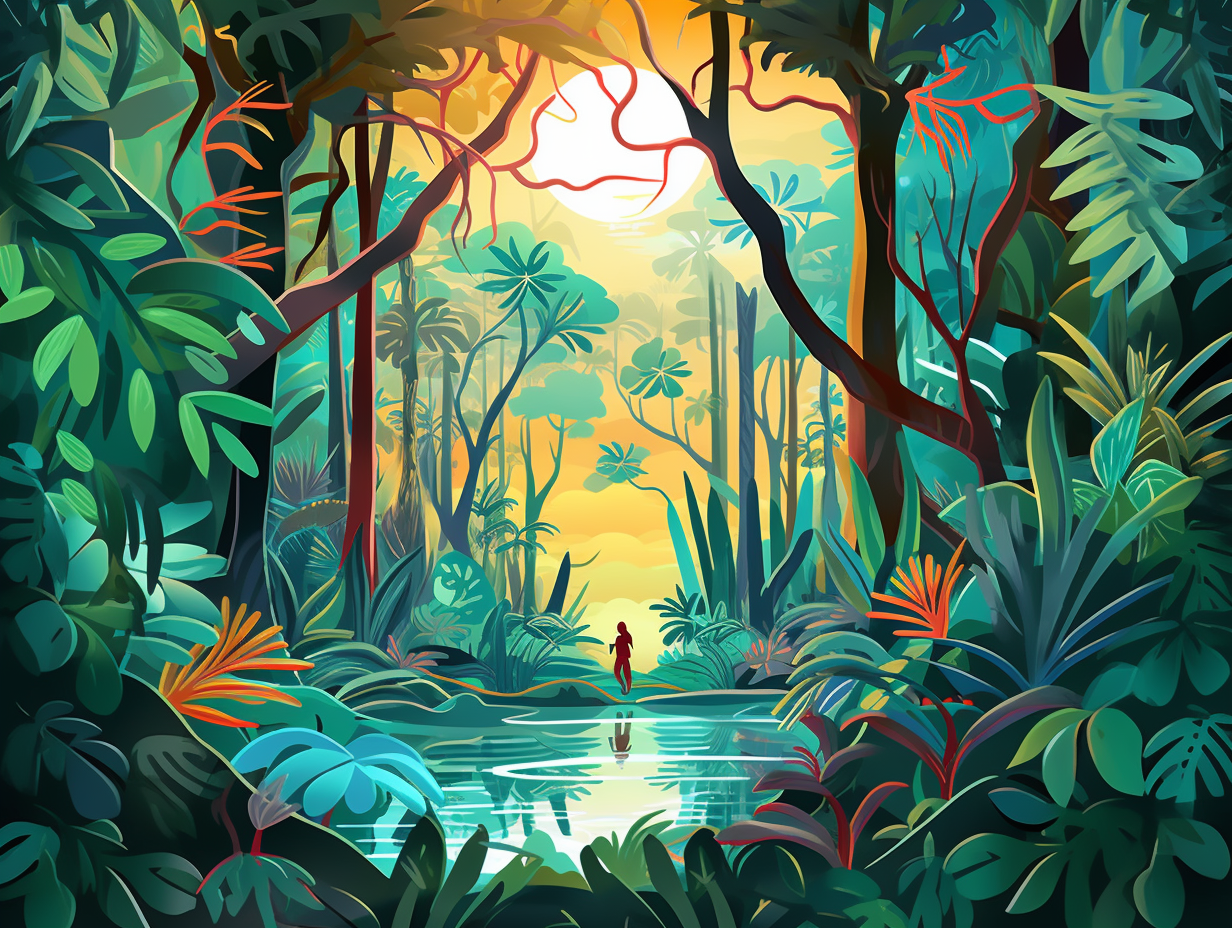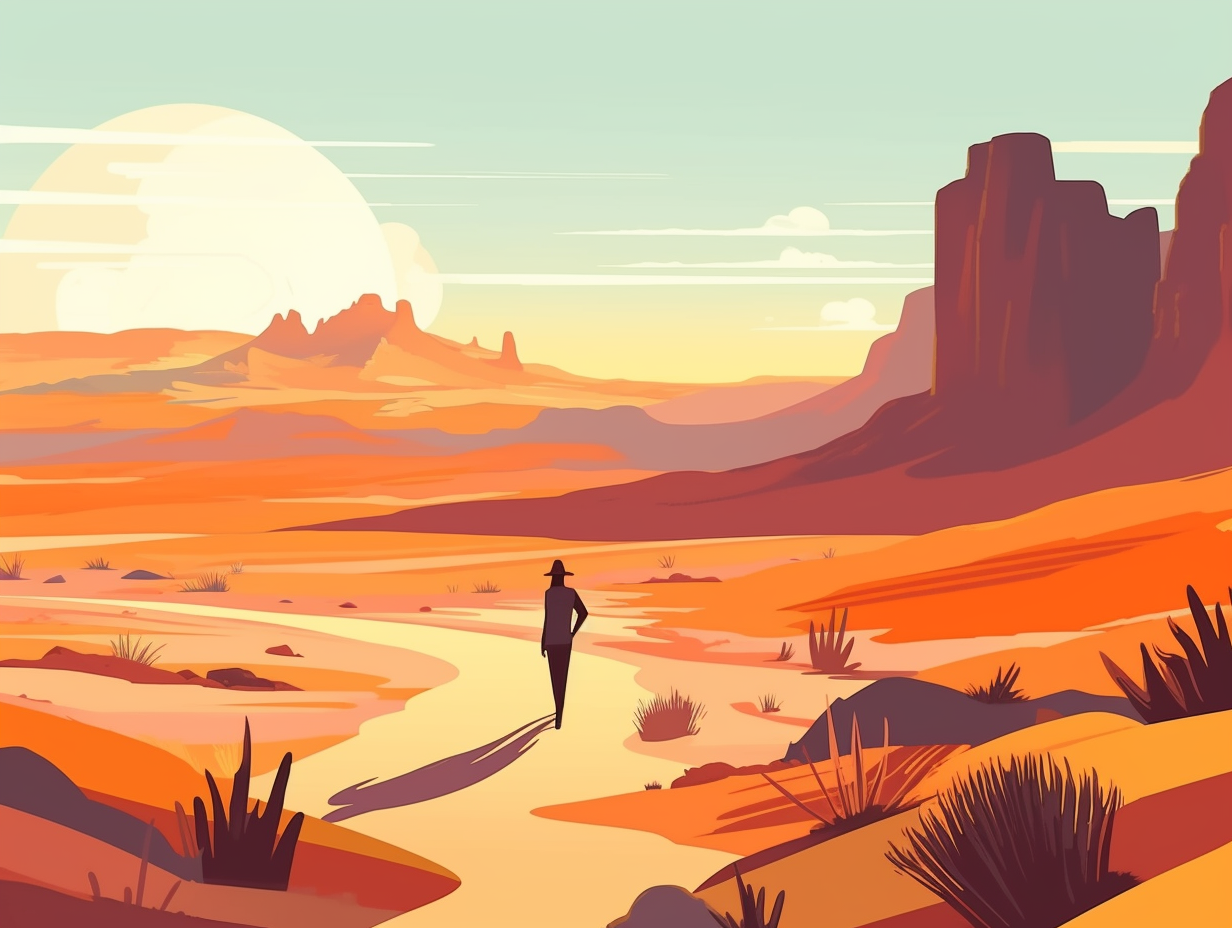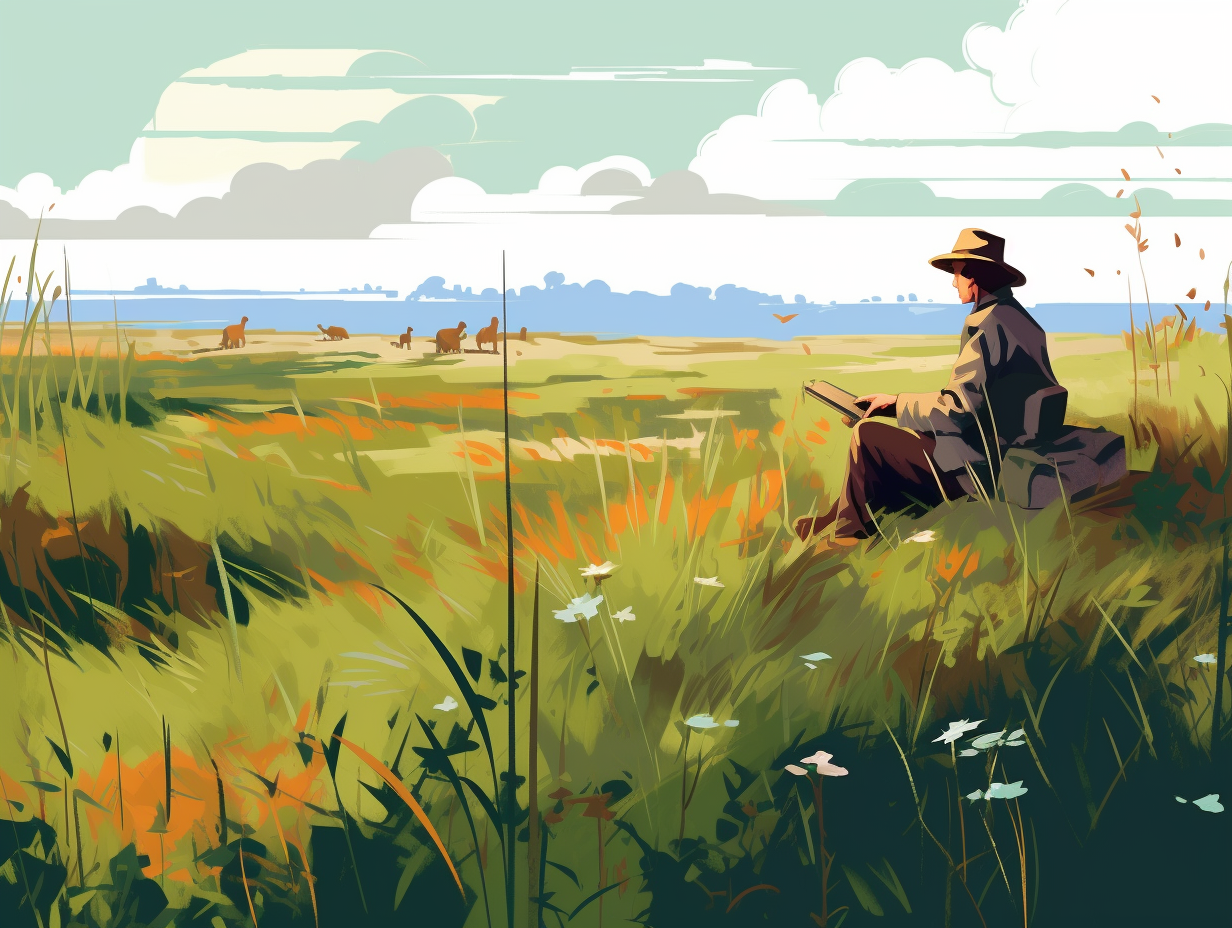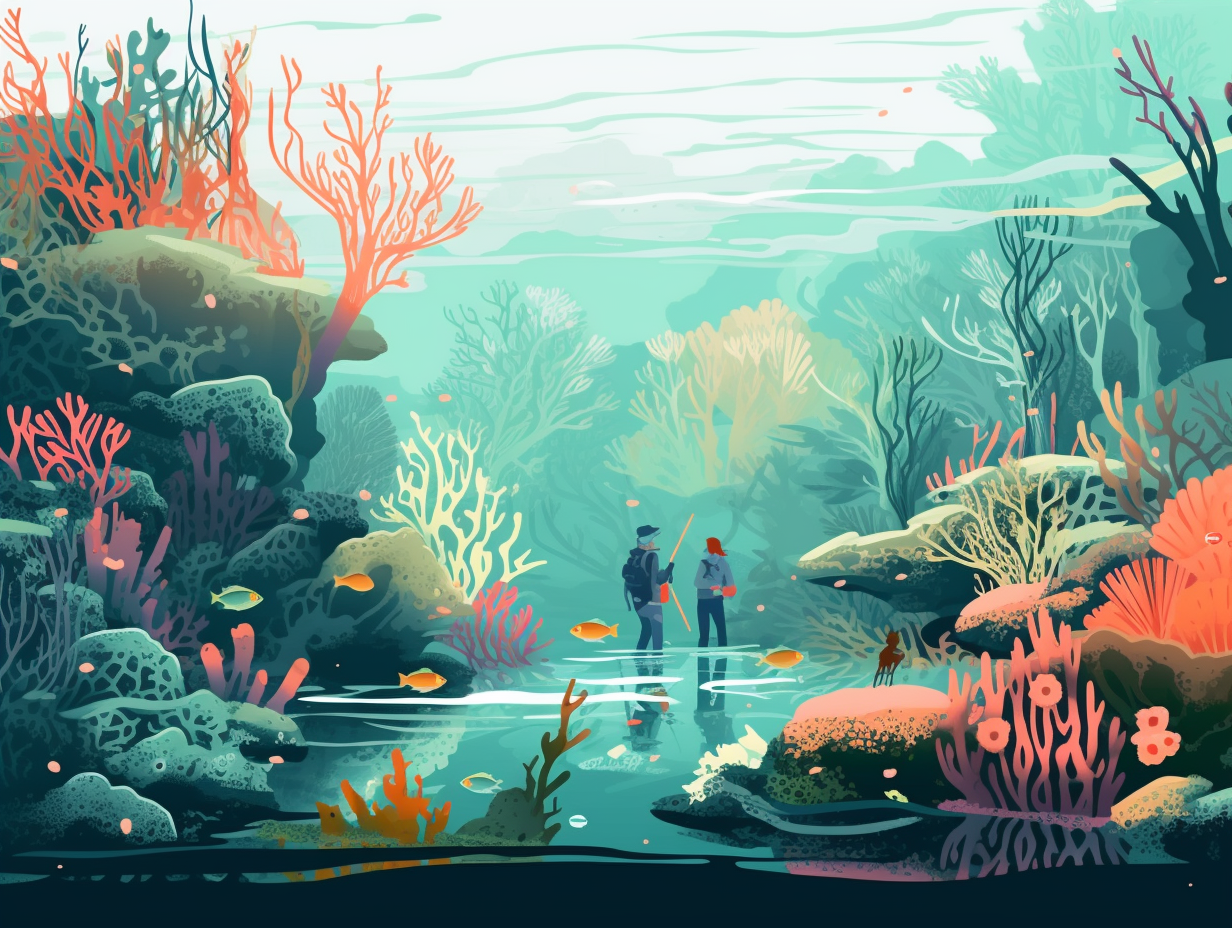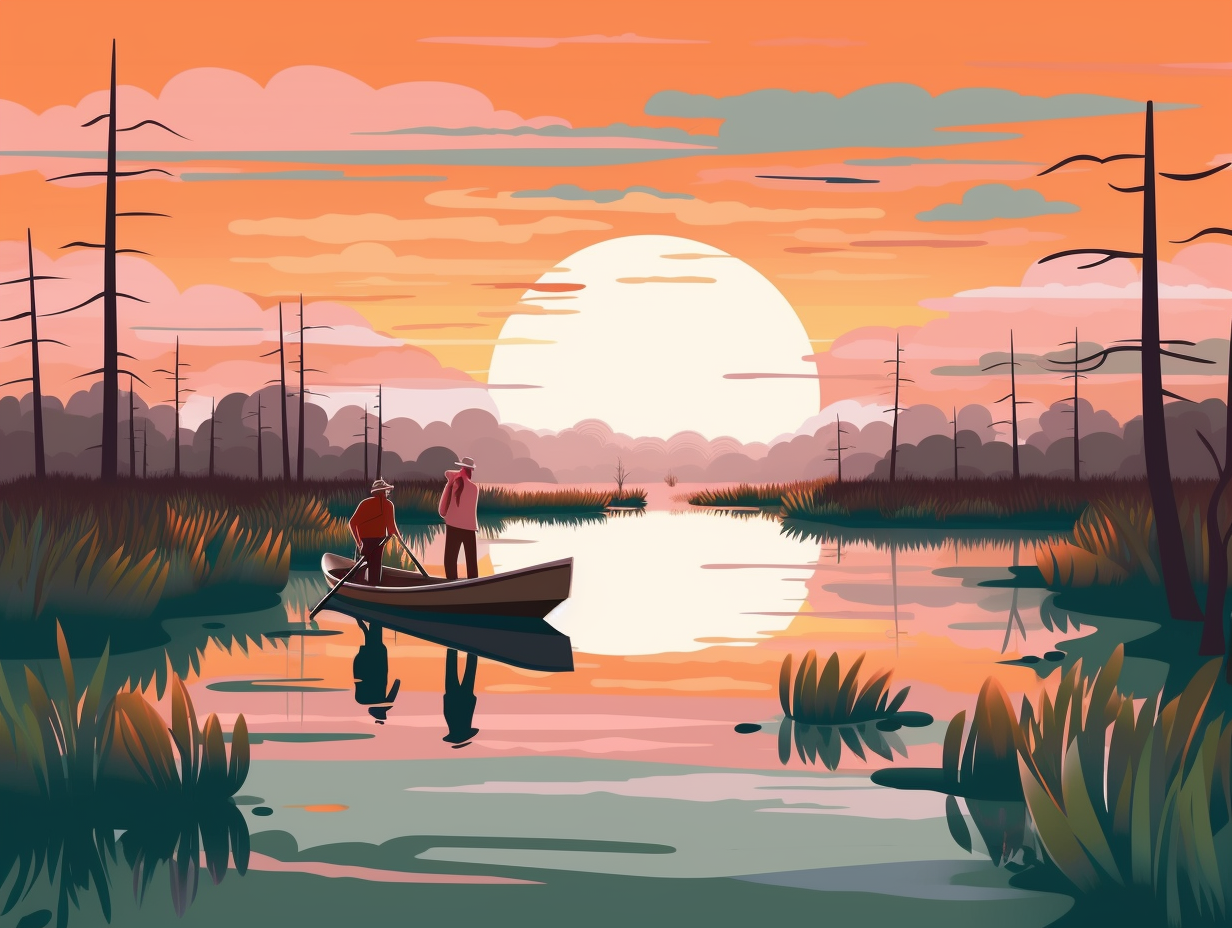Chilling Out: Top 13 Amazing and Fun Facts About the Polar Climate You Never Knew!
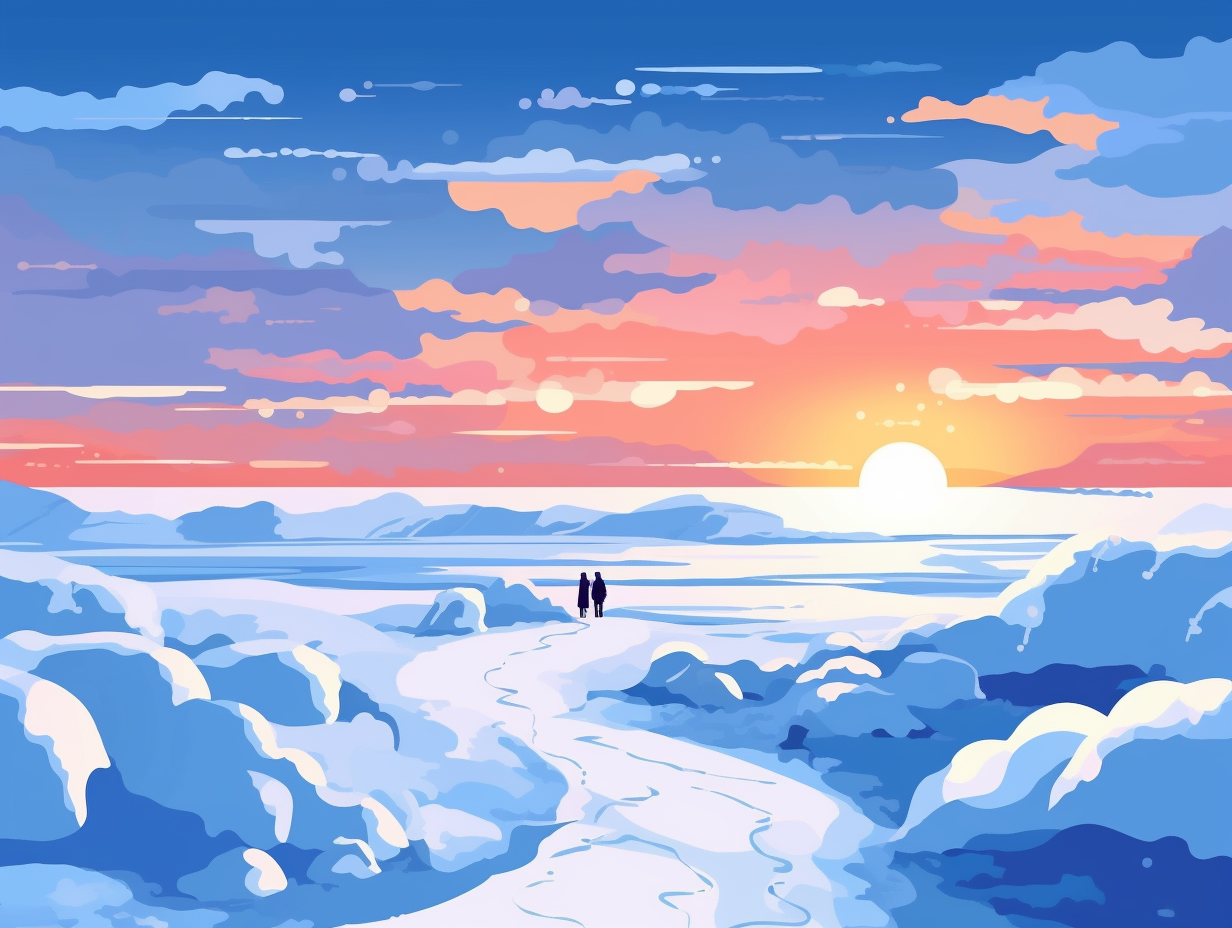
1. Penguin Cuddle Puddles
Who needs a group hug when you can have a penguin cuddle puddle? This Antarctic meet-up is not just about making friends: In the harsh polar climate, penguins – especially emperor penguins – huddle together in massive groups of up to 6,000 to conserve heat and expertly share body warmth with their cold-blooded companions during the frosty winter months.
Source => coolantarctica.com
2. Polar Ice Cube Makers
Did you ever wonder why polar bears don't use ice cubes for their cold drinks? Because their natural ice maker does the job at a 'cool' -1.8°C (28.8°F): The freezing point of seawater in polar regions varies with the ocean's salinity levels, allowing sea ice to form at lower temperatures than we'd expect. In fact, for every 5 PSU increase in salinity, the freezing point of seawater drops by 0.28°C (0.5°F), making Arctic and Antarctic regions the perfect ice-concocting climates!
Source => nsidc.org
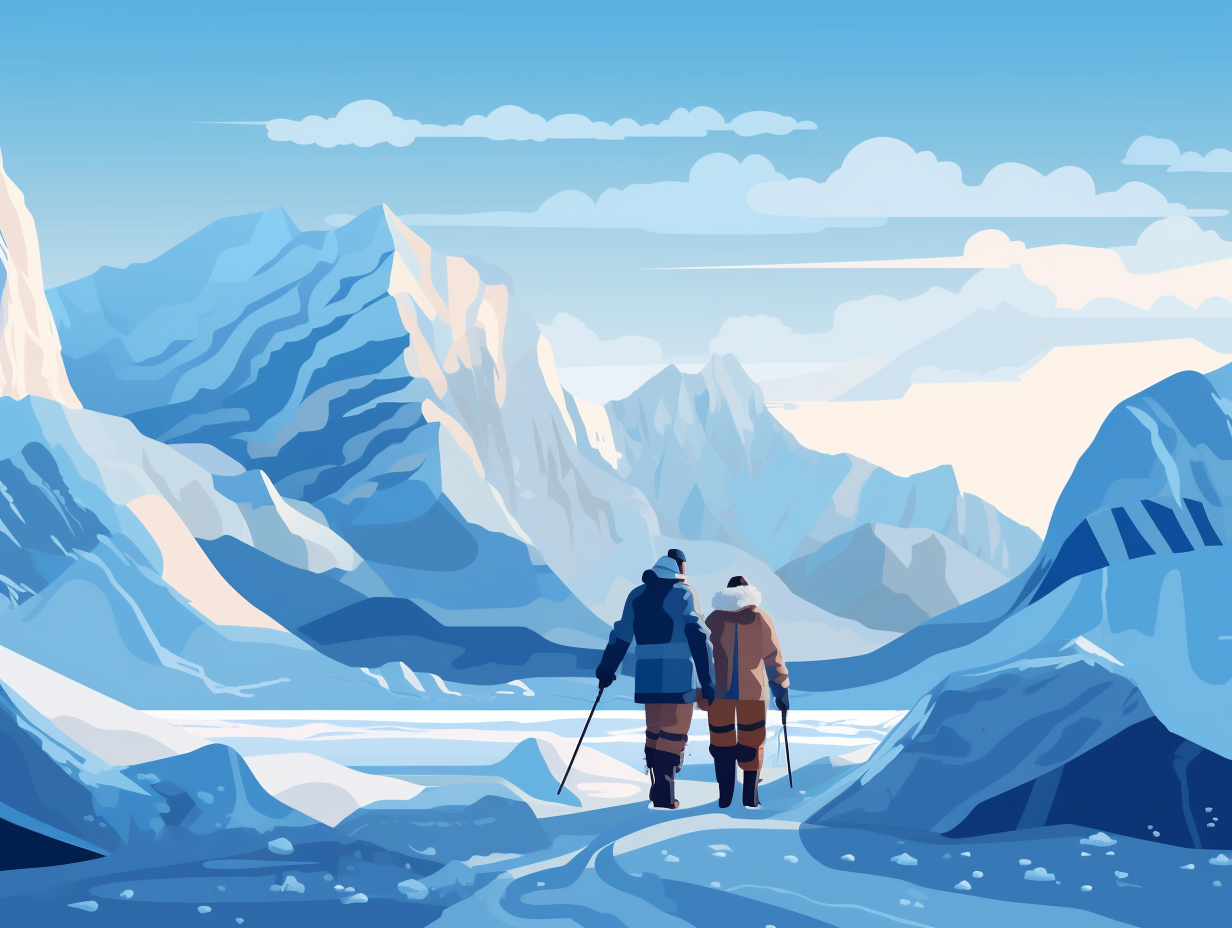
Did you know there's a penguin species living in tropical paradise, far from the Arctic's icy grip? Discover the unique Galápagos penguin and more exciting penguin facts! 🐧🏝️
=> Fun Facts about The-Arctic
3. Polar Bear Mermaids
Who said bears can't be mermaids? Polar bears are giving Ariel a run for her money: With GPS collars monitoring adult female polar bears from 2004-2009, researchers observed 50 long-distance swims by 20 bears, ranging from 53.7 to 687.1 kilometers. Though they're strong swimmers, this aquatic workout seems to have higher energetic demands than strolling on sea ice and may be a response to dwindling summer ice conditions.
Source => cdnsciencepub.com
4. Arctic Tern Globe-trotters
Whoever said it's not about the destination but the journey clearly had Arctic terns in mind: these feathery globetrotters embark on a mind-boggling migration from the Arctic Circle to the Antarctic Circle, clocking in over 30,000 kilometers and nabbing the award for the longest animal migrants on the planet.
Source => nationalgeographic.org
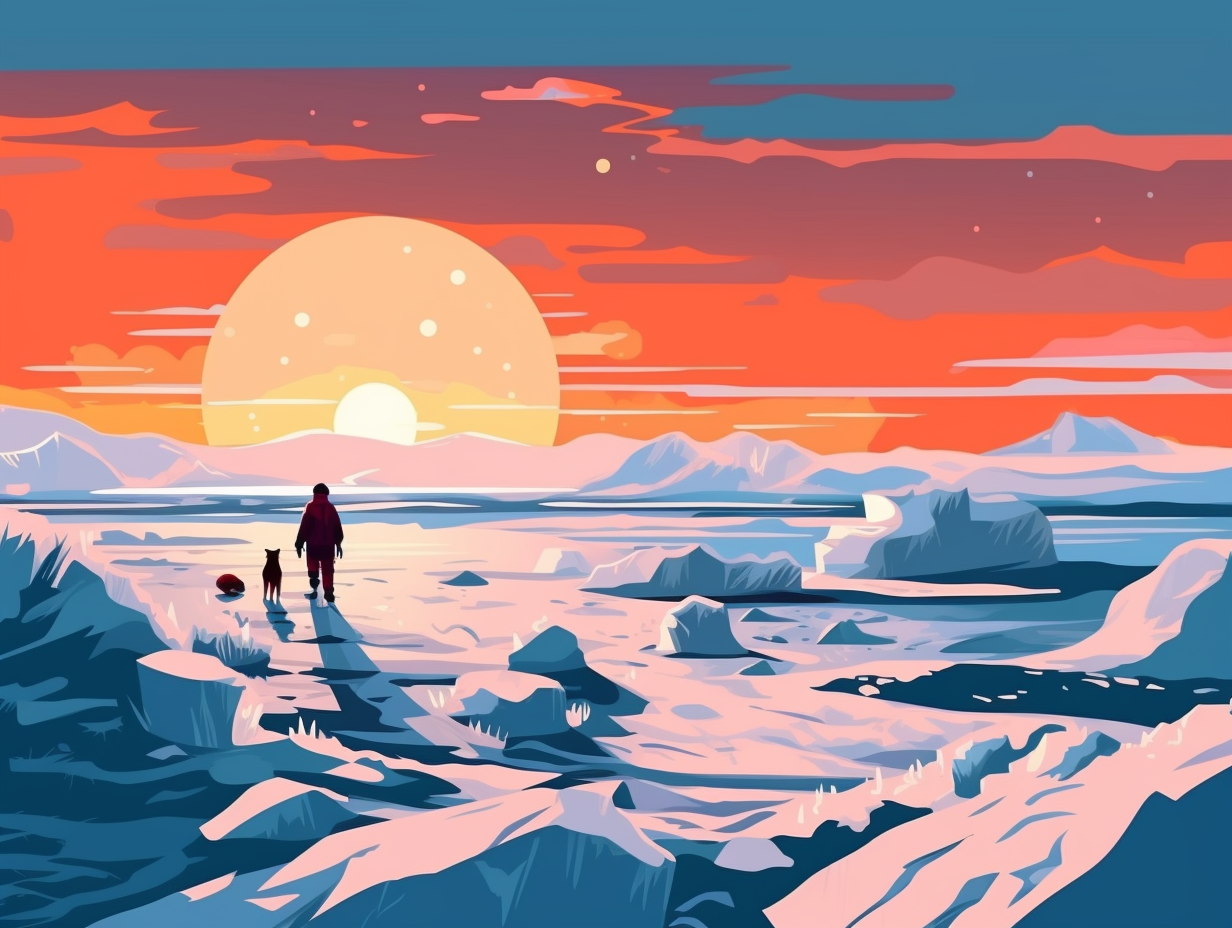
5. Jack Frost's Arctic Playground
In the Arctic, Jack Frost isn't just nipping at your nose - he's practically gnawing it off with razor-sharp icicles: Average January temperatures in this frosty wonderland can plunge to a jaw-dropping −50 °C (−58 °F), with ice and snow dominating vistas, but don't forget about the ocean's moderating maritime influence, keeping things just a smidge toastier at −2 °C (28 °F) and adding a cool coastal breeze to those summer months.
Source => en.wikipedia.org
6. Penguin-Cactus Crossbreed
What do you get when you cross a penguin with a cactus? The McMurdo Dry Valleys of Antarctica, of course!: These polar oases are among the driest areas on Earth, thanks to the Transantarctic Mountains that block moisture and funnel katabatic winds, making these chilly Valleys a veritable polar desert. But fear not, the Arctic isn't as prickly, with higher precipitation levels keeping those frosty deserts at bay.
Source => sciencing.com
7. Freshwater Glacier Treasure
If Jack and Jill went up to plunder the glaciers, they'd be swimming in a whole ocean of locked away liquid: Turns out, the ice sheets of Greenland and Antarctica hold more than two-thirds of the world's freshwater supply, accounting for over 68% of all freshwater on Earth and a shocking 99% of freshwater ice - making them not just colossal Slurpee machines, but also vital components of our planet's water cycle.
Source => globalcryospherewatch.org
8. Polar Winter Underwater Party
Whoever said "nothing good happens after dark" clearly never hung out at a polar winter party under the sea: Researchers aboard the Polarstern icebreaker found zooplankton thriving near the surface in the Arctic's darkest months, feeding and multiplying to keep the Arctic food web alive and well, and when the sun finally rises again, the ice algae gets its time to shine with a fabulous, nourishing bloom.
Source => nature.com
9. Antarctica's Cool Plant Group
When Antarctica throws a house party, only two vascular plants scored an invite: Meet the Antarctic hair grass and Antarctic pearlwort, your hosts with the most frost resistance: These cool customers can be found huddling in groups along the west coast of the Antarctic Peninsula, where they mingle with over 300 nonmarine algae species and about 150 species of lichens. But forget chills and spills: it's H2O scarcity that keeps this bash from getting too wild, as these plant species cleverly settle into the nooks and crannies between rocks!
Source => beyondpenguins.ehe.osu.edu
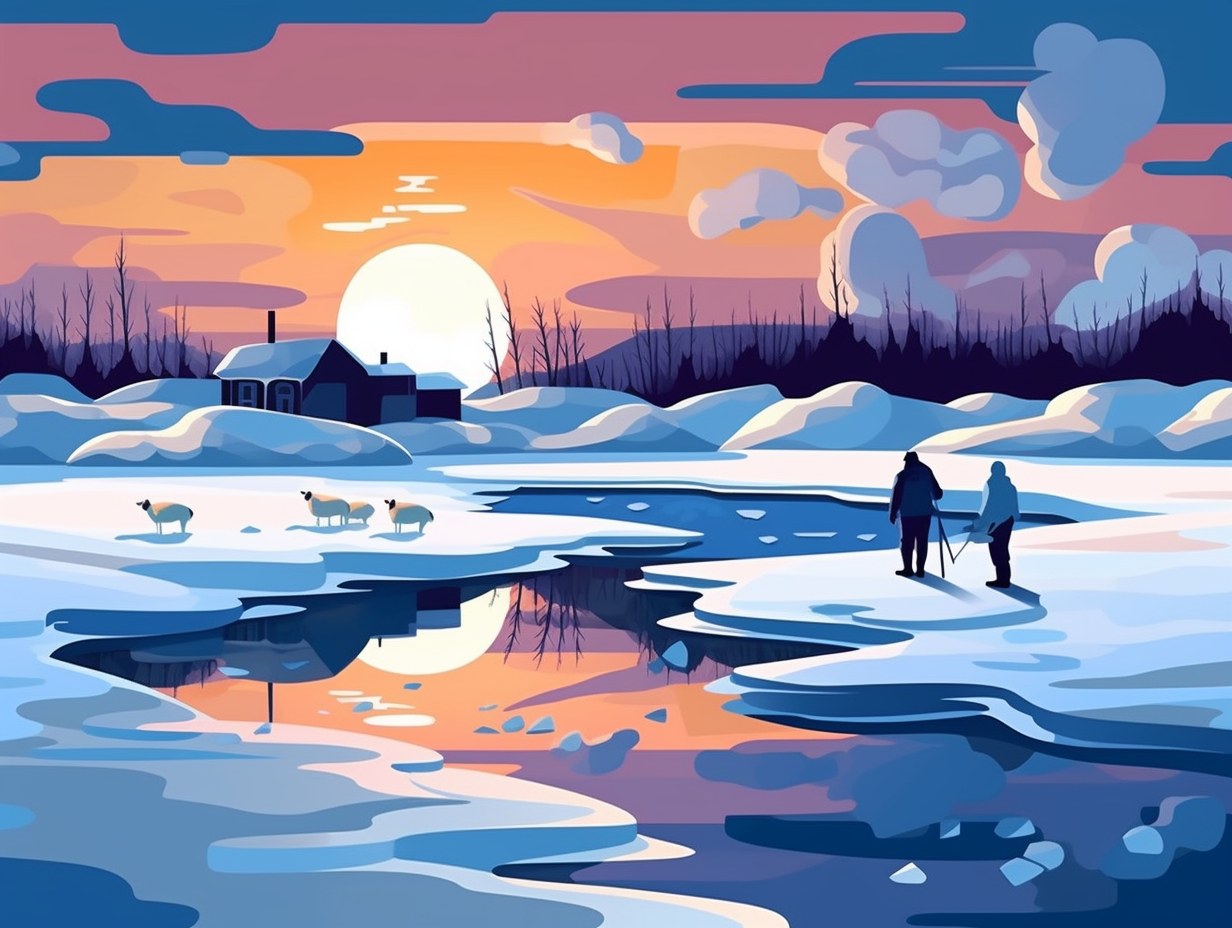
10. Igloo: Warm and Cozy Ice Home
Feeling a bit chilly? Warm your bones with some icy architecture: Igloos can be over 100 degrees warmer inside than outside, thanks to ingenious Inuit design, including snow insulation, body heat, raised ice block sleeping quarters, and a touch of stone lamp fire to stabilize structure. Frosty the Snowman would've been snug as a bug!
Source => mrnussbaum.com
11. Polar Bear-Mineralism Chic
Did you know polar bears are masters of the art of "bear-mineralism," effortlessly rocking the all-white, snowy vibe? They're not just winter fashion icons, but also experts in the science of infrared hide and seek: The hollow, transparent hairs of a polar bear's fur are not actually white, but colorless, allowing sunlight (heat) to pass through and be absorbed by their black skin. These hairs also reflect any escaping body heat, creating insulation so efficient that no infrared radiation gets out – and the fur appears white, perfect for their chilly camouflage needs.
Source => nonfictionminute.org
12. Arctic Animal Fashionistas
It seems that the animal kingdom's top designers have been working overtime in the Arctic, with runway-worthy outfits that change colors with the seasons: Polar bears sport black skin for ultimate sunlight absorption, while their seemingly white fur has reflecting powers that would put a disco ball to shame. Meanwhile, Arctic foxes and ptarmigans wear reversible coats, going from summer browns to winter whites—a classic and chic choice. This fabulous fashion-forward approach is not just for looks but essential for survival in a polar climate that sees temperatures plummet to an average low of -40 degrees Fahrenheit in winter and climb to a toasty 50 degrees Fahrenheit during summertime.
Source => nwf.org
13. The Nonstop Arctic Party: Midnight Sun
While it may sound like the ultimate Arctic rave, the midnight sun doesn't involve DJs spinning frostbitten beats or polar bears wearing glow sticks: The phenomenon occurs during the summer months in polar climates, where the sun doesn't set for extended periods, with the longest duration being half a year at the North Pole from late March to late September.
Source => en.wikipedia.org
Related Fun Facts

